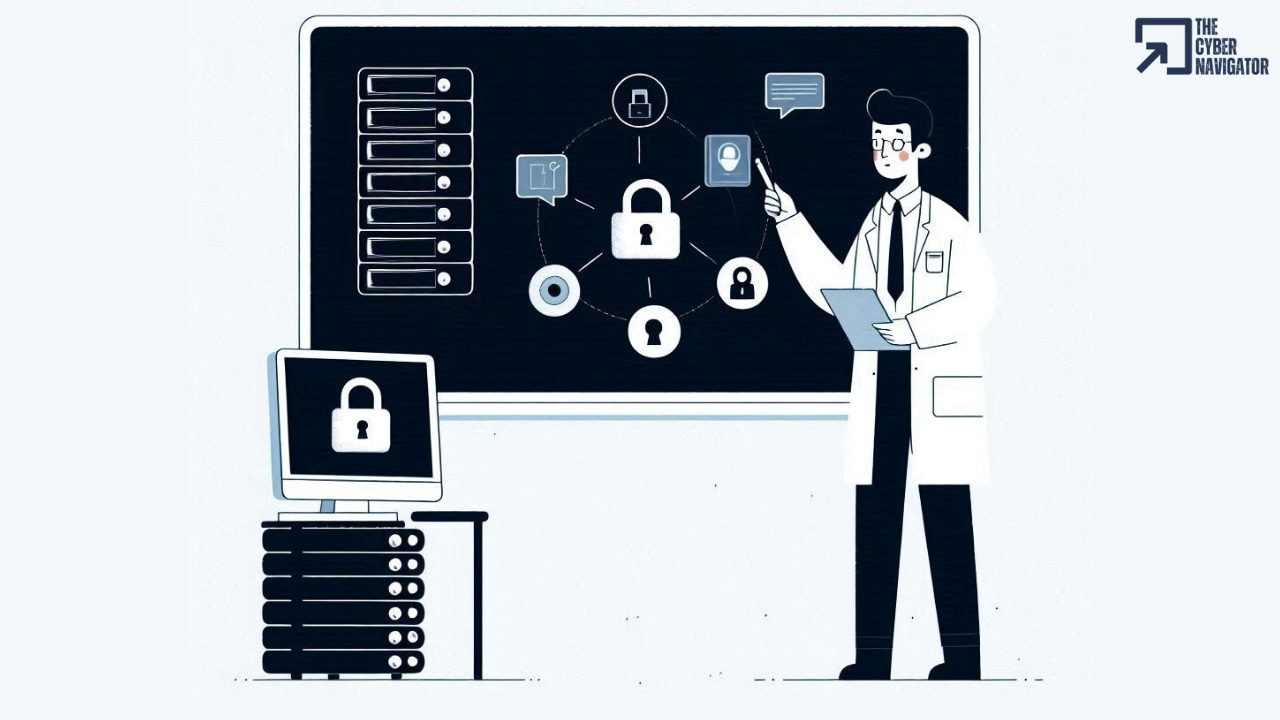The State of Cybersecurity in 2025
A Playbook for Board Directors
Cybersecurity is no longer just an IT issue — it’s a business imperative. As we head into 2025, the challenges facing management boards in this domain are growing in complexity. From increasingly sophisticated cyberattacks to regulatory pressures, the stakes have never been higher. Management boards must act decisively to protect their organizations, ensure compliance, and safeguard their reputations. In this essay, we’ll break down the most pressing cybersecurity challenges and provide actionable tips for addressing them.
Ransomware
First and foremost, the rise of ransomware is a challenge no board can ignore. Attackers have moved beyond simple data encryption to double extortion tactics, where they steal sensitive data and threaten to release it publicly unless a ransom is paid. For boards, the financial, legal, and reputational implications of such attacks are severe. To counter this, organizations need robust incident response plans that include clear protocols for ransomware events. Boards should ensure regular testing of these plans through simulated attacks and prioritize investment in endpoint detection and response (EDR) tools. Additionally, funding employee training programs can help reduce vulnerabilities, as human error remains one of the top causes of successful attacks.
Supply Chain Attacks
Next, the growing complexity of supply chain attacks demands attention. High-profile incidents, such as the SolarWinds breach, have shown how attackers can exploit weaknesses in third-party vendors to infiltrate multiple organizations. This challenge highlights the importance of third-party risk management. Boards should mandate rigorous vendor assessments, ensuring partners meet stringent cybersecurity standards. Contractual agreements must include provisions for regular audits and compliance with security best practices. Implementing a "zero trust" approach to network access further mitigates the risk of unauthorized entry through supply chain partners.
Digital Transformation
The expanding attack surface due to digital transformation initiatives also creates significant risks. Organizations are increasingly adopting cloud technologies, Internet of Things (IoT) devices, and remote work solutions, which can introduce vulnerabilities if not properly secured. Boards must ensure that their organizations are implementing comprehensive asset inventories to track all connected devices and systems. A focus on cloud security — such as encryption, access control, and continuous monitoring — can prevent unauthorized access and data breaches. Supporting a culture of cybersecurity awareness across all levels of the organization is crucial, as employees often underestimate the risks associated with new technologies.
Regulatory Compliance
Regulatory compliance is another key challenge for management boards. Governments worldwide are introducing stricter data privacy laws, such as the EU’s GDPR or California’s CPRA. Failure to comply can result in hefty fines and legal liabilities. Boards must prioritize building compliance into their cybersecurity strategies, allocating resources to ensure data protection processes align with regulations. Appointing a Chief Privacy Officer (CPO) or Data Protection Officer (DPO) can help ensure accountability and focus on adherence to legal requirements. Regular external audits and proactive engagement with legal experts are essential to staying ahead of regulatory changes.
Artificial Intelligence
The growing use of artificial intelligence (AI) and machine learning in both offensive and defensive cybersecurity is another critical issue. While these technologies offer innovative ways to detect and respond to threats, attackers are also using AI to create more convincing phishing emails, bypass security measures, and automate attacks. Boards need to stay informed about these developments and push for investments in advanced cybersecurity tools that leverage AI to protect against such threats. Collaborating with security vendors to keep pace with emerging attack methods is crucial. Furthermore, organizations must monitor for AI-driven attacks on their systems and adapt defenses accordingly.
Human Error
Human error remains a persistent challenge in cybersecurity. Phishing attacks, weak passwords, and misconfigurations are among the most common vulnerabilities exploited by attackers. Boards must champion a culture of security awareness within their organizations. This can be achieved by funding ongoing training programs that educate employees on recognizing threats and following secure practices. Implementing multi-factor authentication (MFA) and adopting password managers are straightforward measures that significantly reduce the risk of breaches caused by human error.
Skills Shortage
Cybersecurity skills shortages also pose a challenge, as organizations struggle to recruit and retain qualified professionals. This gap can leave critical vulnerabilities unaddressed and hinder the implementation of effective security measures. Boards should consider supporting internal training programs to upskill existing employees or partnering with managed security service providers (MSSPs) to supplement in-house expertise. Investing in automation tools can also help offset resource constraints by reducing the manual workload on cybersecurity teams.
Economic Pressure
Budget constraints are often an underlying issue that exacerbates all other challenges. Many organizations still see cybersecurity as a cost center rather than a critical business function, leading to underinvestment in necessary defenses. Boards must recognize that the cost of a breach far outweighs the cost of prevention. To address this, cybersecurity spending should be tied to clear business outcomes, such as protecting customer trust, maintaining operational continuity, and ensuring compliance. Collaborating closely with the Chief Information Security Officer (CISO) to create a clear, data-driven business case for security investments can help secure the necessary budget.
The Bottom Line
All in all, taking proactive steps and prioritizing cybersecurity at the highest level is paramount. To support this, boards must safeguard their Business and assets against the risks of 2025 and beyond through:
A cyber-resilient culture: Support ongoing employee training and awareness programs.
Technology Invest: Deploy advanced tools like EDR, AI-driven threat detection, and MFA.
Enhancing third-party risk management: Audit vendors and adopt a zero-trust model.
Compliance prioritization: Stay ahead of regulatory changes through regular audits and legal consultations.
Addressing skill shortages: Upskill employees, partner with MSSPs, and invest in automation.
Securing adequate budgets: Tie cybersecurity spending to business outcomes and risk reduction.
Finally, boards must recognize that cybersecurity is an ongoing process, not a one-time project. Regularly engaging with experts, conducting simulations, and staying informed about the latest threats will help ensure that their organizations remain resilient in the face of the challenges to come.



